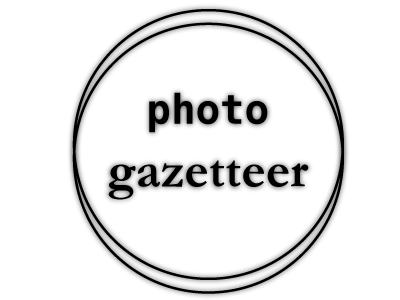 |
| Sergei Chuzavkov photo/AP A technical breakdown of this photograph reveals the camera data of this photograph is blocked. |
With the growing mainstream strength and reliance of the World Wide Web as global information conduit, the amount of photographs posted online is growing larger and larger in number by the day. In fact, according to the Business Insider, 350 million new photos are uploaded to Facebook each day. The latest Internet numbers from pingdom report Instagram reached 5 billion photos uploaded since it went live.
With this amazing expansion comes various problems, and one of these problems, is how to present news online, especially photographs. Here, a decision was made to not provide the camera information, however, there is an attached Exif that provides some facts about the photograph. While media organizations set out their rules of conduct, there is some disagreement regarding transparency.
For instance, it's hard for the public to determine how a photo was manipulated, if at all, when they can't even view the camera data.
What is photo gazetteer?
The story behind the photograph is just as important as the photograph itself. This is a blog that will look at the stories behind the photographs shaping our world, everything from the small and mundane, to the big and spectacular. Feel free to comment on photos and share your own.
This blog is managed by designer and journalism student John King







